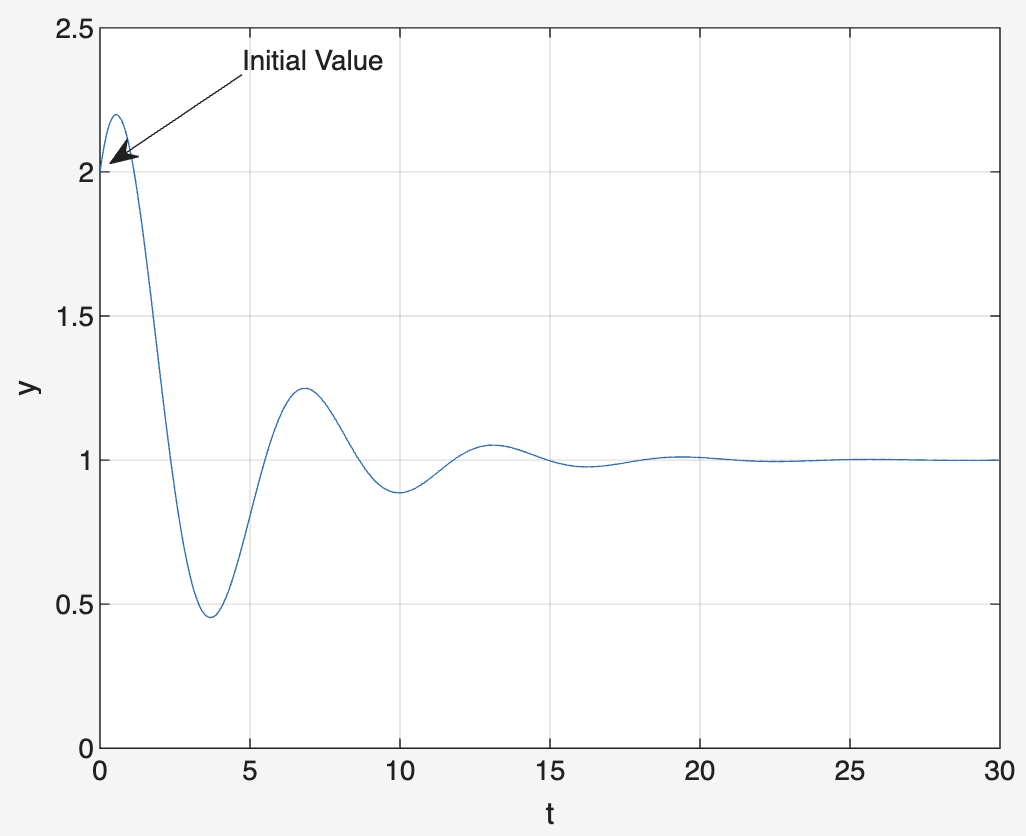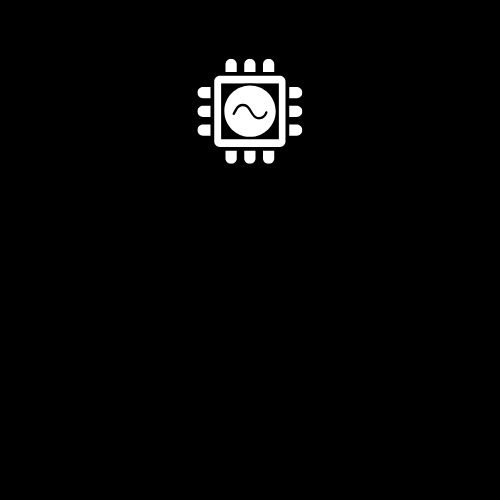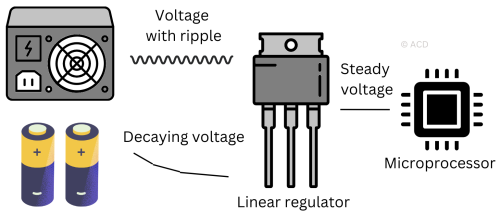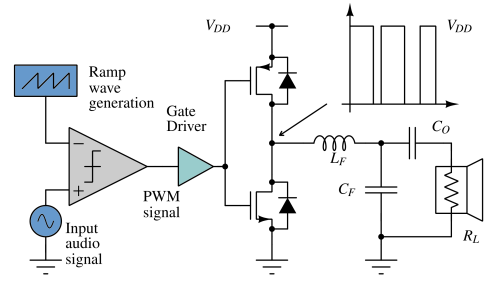Analog circuits interactive design tools & resources
Your online easy to use design companion
Recent Articles

Control
Initial Value Theorem
The initial value theorem relates the behavior of a function as time approaches zero to its Laplace transform, helping analyze system response at the start.

Data-Converters
R2R ladder digital to analog converter
An R-2R ladder DAC converts digital binary inputs into a corresponding analog voltage using a network of resistors arranged in a repeating R and 2R pattern.

Tools
Instrumentation Amplifier Calculator
An instrumentation amplifier calculator computes the output voltage and overall gain based on resistor values and input voltages in a three-op-amp configuration.




